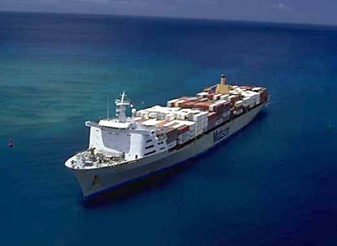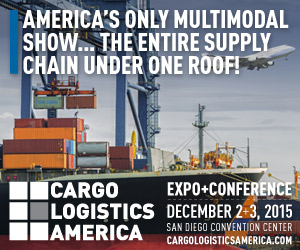|
Big East-West container trades have become almost closed to independent carriers, especially since the advent of the big carrier alliances such as 2M and Ocean Three. The share of Transpacific capacity controlled by the leading 10 carriers has surged from 65 percent in 2005 to just over 75 percent at the start of 2015.
One independent carrier, Matson Navigation, is defying the odds by running a very profitable service on the East-West trade route. Matson, owned by Hawaii’s Matson Inc., operates a single Transpacific service between China and Long Beach, Calif., with five ships with an average capacity of 2,700-TEUs.
In the age of big ships — the average is 8,000 TEUs on the route – the analysts say Matson shouldn’t stand a chance.
One reason is Matson has resisted slow-steaming and sails at full speed, enabling it to offer a market leading transit time of 10 days between Shanghai and Long Beach.
For the first quarter, Matson reported an operating profit of $44 million, up from $9 million in the same period last year. Even after subtracting the $3.4 million contribution from its 35 percent share in SSA Terminals, which manages Matson’s container stevedoring and terminal services on the West Coast, the company’s profit from shipping operations increased more than three-fold year-over-year.
|

The primary driver of the higher profits were the higher freight rates the company was able to charge shippers for its Transpacific service that was less affected by the U.S. West Coast congestion issues than other carriers were. Although now that Matson expects to perform "moderately" better than the $131 million operating profit it posted in 2014.
Matson started its China service in 2006 to complement existing services to Hawaii, Guam and Micronesia. In 2013 the company expanded operations to various South Pacific islands, New Zealand with Australia, the Solomon Islands and Nauru following later.
In conclusion, Drewry says Matson proves there is room for a niche player in the East-West container trades, as long as they offer a unique proposition that delivers freight premiums. Small lines cannot compete on costs so to thrive they have to remain modest in size to limit expense and offer a superior product.
|



